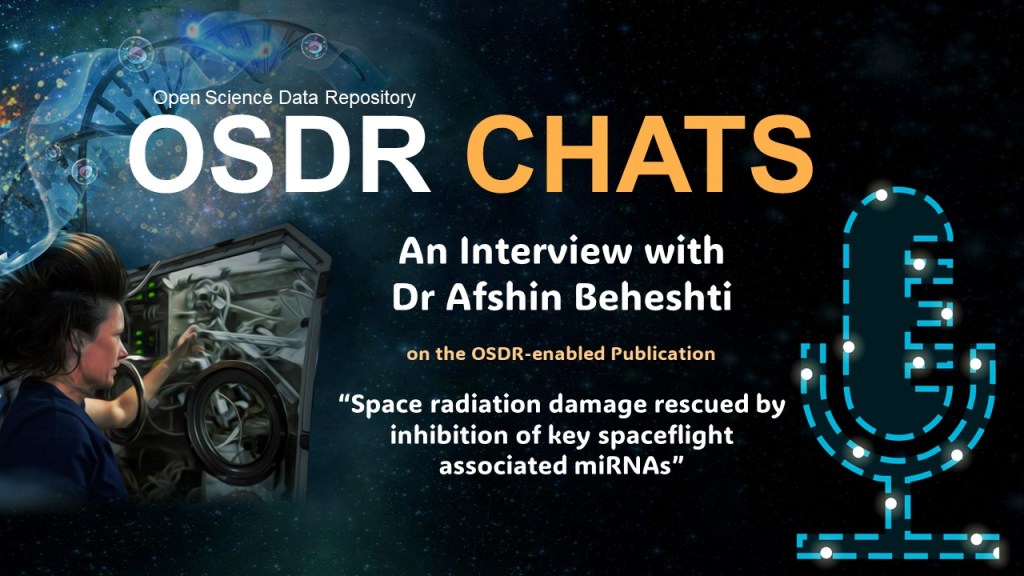A few months ago, Curiosity drove up on top of the "Greenheugh pediment" to investigate the capping unit that is visible on top. After Curiosity drove off the pediment, the rover has been driving along the base of the pediment scarp and is about to reach the eastern edge. An interesting feature that is located at the eastern edge of the pediment is called "Bloodstone Hill" (visible in the image above). This is a light-toned mound that the team has been observing in long distance images for the entire mission. Bloodstone Hill was even visible from Curiosity's landing site! This light-toned mound is located right at the edge of the pediment, although it does not appear to have the pediment capping unit on top. Bloodstone Hill caught the team's attention because it is so bright, which raises many questions. Is it bright because it is covered in dust? Because it has a different mineralogy? A different alteration history? Now Curiosity is approaching Bloodstone Hill, and we can start answering some of these questions.
In tosol’s plan the main event is a long drive that will place Curiosity close to the base of Bloodstone Hill. Another important piece of the plan is the Mastcam multispectral mosaic that will be taken of Bloodstone Hill. As we approach this feature, the team is gathering more data that will help us plan our investigation at this location. Multispectral observations can help identify variations in color and/or mineralogy across the outcrop. If the multispectral mosaic reveals any interesting variations, we can target those areas once we arrive at Bloodstone Hill.
Additionally, there are several other Mastcam observations in the plan that will document fractures or troughs between bedrock patches as well as the contact between the pediment capping unit and the strata below. ChemCam will also target “Earlish” to investigate the chemistry of nodule-rich bedrock in this area. Finally, a MARDI image will be taken after the drive to document the terrain underneath the rover.
Written by Kristen Bennett, Planetary Geologist at USGS Astrogeology Science Center



































